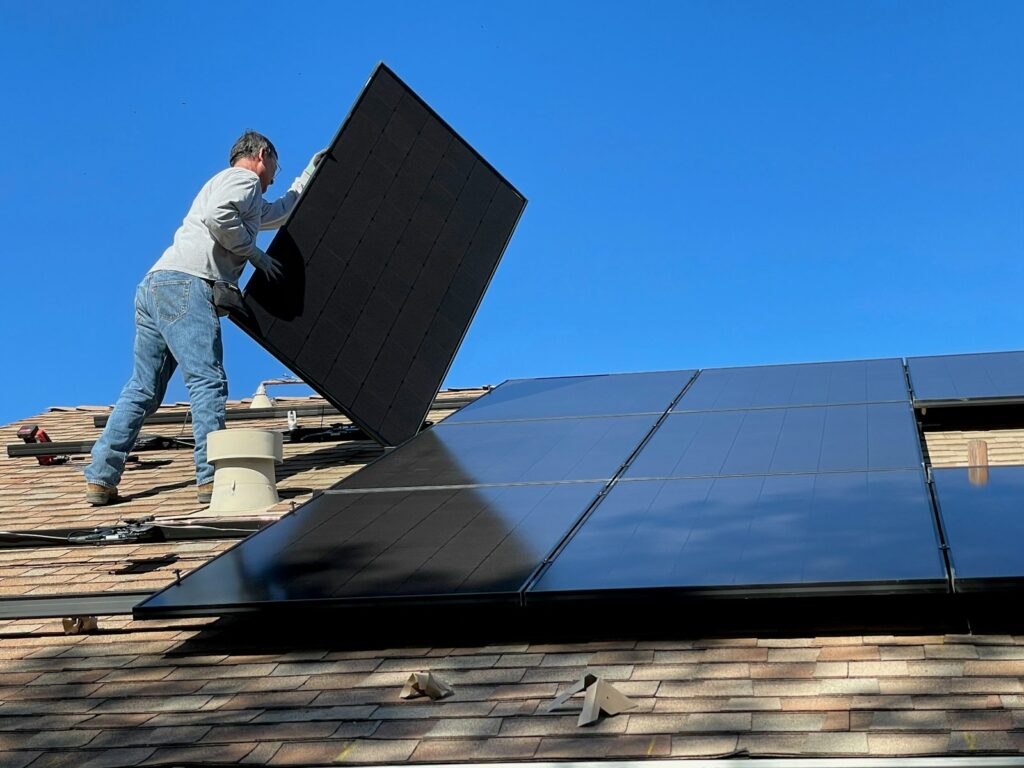Harvesting Sunshine: How Families are Embracing Solar Energy Solutions
The shift towards renewable energy sources has never been more crucial, as the world grapples with the implications of climate change and rising energy costs. Among these solutions, solar energy stands out for its accessibility, efficiency, and sustainability. Increasingly, families across the United States are turning towards solar power to reduce their carbon footprint and gain energy independence.
Understanding Solar Energy Adoption
One of the key factors that encourage families to adopt solar energy solutions is the availability of advanced technologies that facilitate a smooth transition. Tools like energy quoting software have simplified the process of estimating the costs and benefits of installing solar panels. This software allows homeowners to input various data points, such as their location, energy usage, and roof characteristics, to receive accurate and personalized quotes. This helps eliminate the guesswork, making it easier for families to make informed decisions.
Financial Incentives and Savings
The financial benefits of solar energy are significant. In many states, government incentives and tax rebates reduce the overall cost of installation, making solar a more accessible option for many families. What’s more, excess energy generated by home solar panels can often be sold back to the grid, providing an additional stream of income and further enhancing the financial appeal of solar installations.
Save for the initial investment, solar energy systems require minimal maintenance and have a lifespan of 25-30 years, offering long-term savings on electricity bills. According to the Solar Energy Industries Association (SEIA), a typical American family can save over $1,000 annually by switching to solar power. Given the rising costs of traditional energy sources, these savings can make a substantial difference for budget-conscious households.
Enriching Family Life and Education
Beyond the financial and environmental benefits, adopting solar energy can have a profound impact on family life. It offers a unique educational opportunity for children and teenagers, helping them understand the importance of renewable energy and sustainability. Parents can involve their children in the process of monitoring energy production and consumption, making them active participants in the family’s journey towards a greener lifestyle.
Moreover, some families build community projects around solar energy, such as neighborhood co-ops where they collectively invest in and benefit from shared solar installations. These initiatives foster a sense of community and cooperation, while also driving collective action towards a more sustainable future.
Overcoming Challenges and Misconceptions
Though the advantages of solar energy are clear, some misconceptions still hinder its adoption. One common myth is that solar panels do not work well in cloudy or cold climates. In reality, solar panels can still generate electricity even on cloudy days and are often more efficient in cooler temperatures. Another concern for many homeowners is the aesthetic impact of solar panels, but innovations in design and technology have led to aesthetically pleasing and less conspicuous options.
Families may also worry about the complexity of the installation process. However, many solar companies now offer comprehensive service packages that include everything from initial consultation to post-installation maintenance, ensuring a hassle-free experience. Community outreach, educational programs, and government initiatives continue to play vital roles in dispelling these myths and providing accurate information.
The Future of Solar Energy in Family Homes
As technology advances and public awareness about sustainable practices grows, the adoption of solar energy by families is likely to continue its upward trend. Emerging technologies, such as solar roof tiles and advancements in energy storage with home batteries, promise to make solar solutions even more practical and affordable.
In addition, collaborations between local governments, utility companies, and private businesses will be essential in creating a supportive infrastructure. Policies that promote renewable energy investments and improved incentives will further bolster the shift towards solar energy in residential areas.
Conclusion
The movement towards solar energy is more than just a trend; it represents a significant shift in how families perceive and utilize energy. By harnessing the power of the sun, families can not only achieve substantial financial savings but also contribute to a more sustainable and environmentally-friendly future. As more families share their success stories and innovations in solar technology continue to emerge, the dream of a solar-powered world becomes increasingly attainable.




